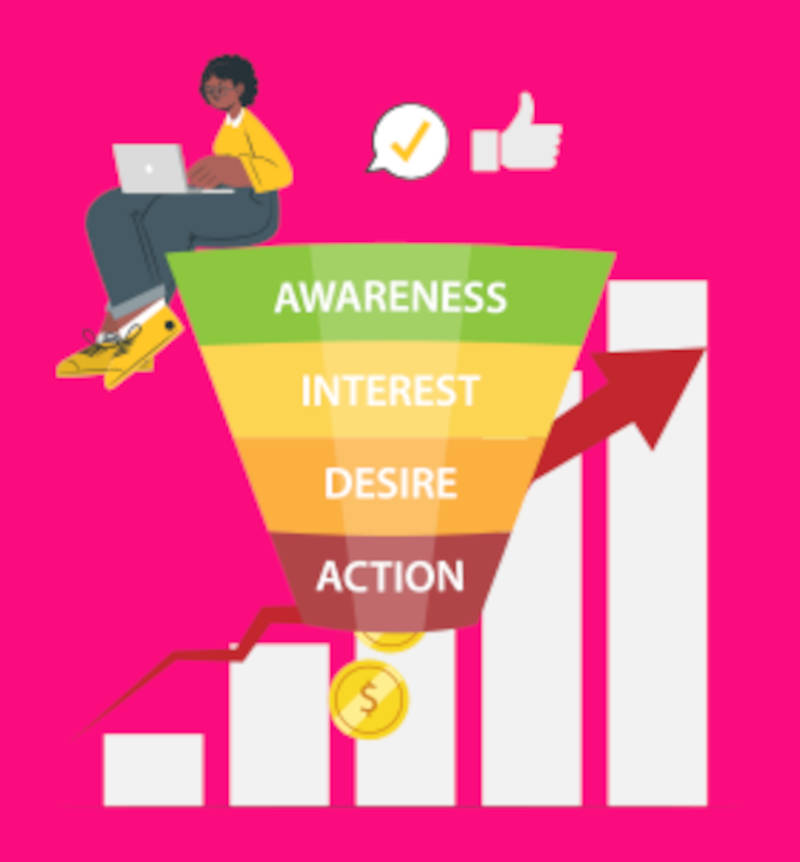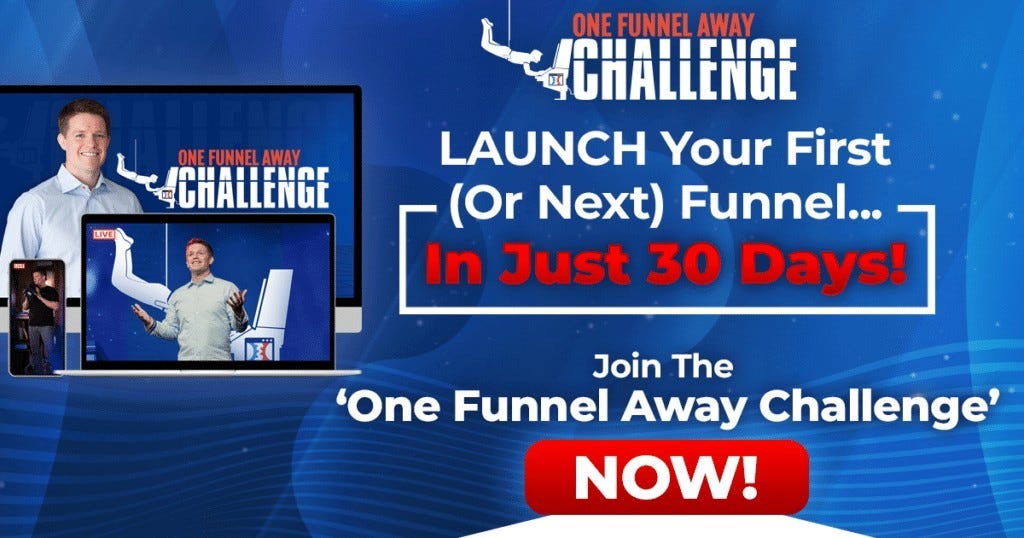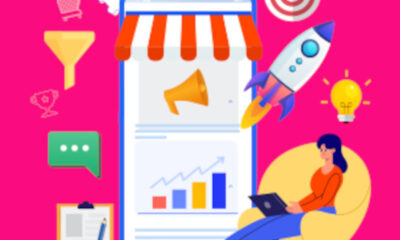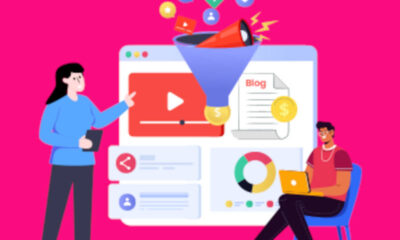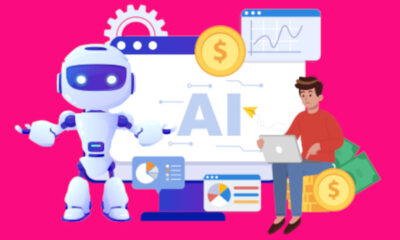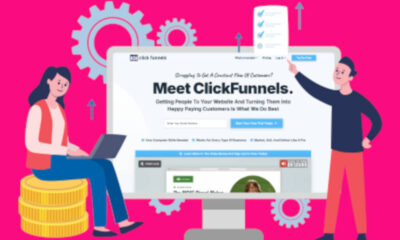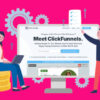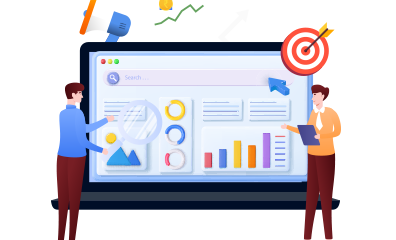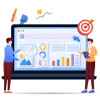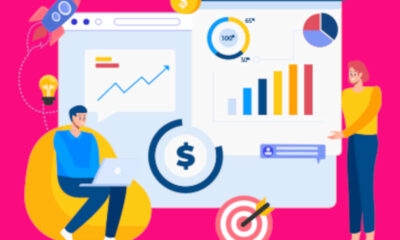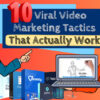Email Marketing
Sales Funnel Stages: The Journey From Browser To Buyer Explained
In today’s digital age, the race for attention is more competitive than ever. With billions of people online every day, capturing a potential customer’s attention and guiding them from mere curiosity to making a purchase requires strategic finesse. Enter the sales funnel—a tried and tested method that transforms browsers into buyers. This blog post will unravel the magic behind sales funnels, exploring their stages and equipping you with the tools to create your successful funnel. Whether you’re an entrepreneur, a small business owner, or a digital nomad, understanding this process can be the key to scaling your business.
The Evolution of Sales Funnels
Sales funnels have been around since the beginning of commerce, but their significance has grown exponentially with the advent of the Internet. Initially, the digital realm offered a landslide of organic traffic that businesses could capitalize on. But as the landscape evolved and competition intensified, the need for a structured approach to customer acquisition became apparent. Sales funnels emerged as a solution, providing a clear path to convert interest into action. Unlike traditional websites, which often overwhelm users with information, sales funnels are streamlined, focused, and conversion-oriented, acting like a laser beam to capture and direct attention effectively.
How Do Sales Funnel Stages Work?
To understand sales funnels, it’s essential to grasp the concept of traffic temperature. Picture internet users as varying degrees of warmth based on their familiarity with your brand. Cold traffic consists of those who have little to no awareness of your brand or products. They might recognize their problems but are oblivious to solutions. Warm traffic, on the other hand, is aware of your existence and possibly interested in your offerings. They might be searching for solutions and know that your product could be the answer. Lastly, hot traffic comprises those ready to buy—they’re informed, engaged, and eager to make a purchase. Successfully moving prospects through these stages is crucial, as you can transform cold leads into loyal customers with the right communication strategy.
Traffic Types Explained
The heart of any sales funnel lies in its ability to convert different types of traffic into leads and, ultimately, sales. But not all traffic is created equal. There are three primary types. First, there’s the traffic you don’t control—these are individuals who might stumble upon your brand through external channels like social media, blogs, or videos. You can’t predict when or how this traffic will encounter your brand. Next is the traffic you control—generated through paid ads, where you have control over when and how people enter your sales funnel. Finally, the traffic you own consists of individuals who have willingly provided their contact details, such as email subscribers. Owning traffic allows for direct communication, which is invaluable when guiding prospects through the sales funnel stages.
Stage 1: Awareness
The awareness stage is the entry point of the sales funnel. It’s where prospects first encounter your brand, be it through an ad, social media post, or search engine results. At this stage, your primary goal is to capture their attention and pique their interest. To succeed, present content that resonates with their needs and challenges. Consider using compelling headlines, engaging visuals, and informative content that addresses common pain points. The objective is to spark curiosity and draw them to the top of your funnel, setting the stage for further engagement.
Stage 2: Interest
Once you’ve captured their attention, it’s time to nurture their interest. The interest stage involves providing valuable information that educates your audience about your offerings. This is where you showcase your expertise, build trust, and establish credibility. Consider offering free resources such as ebooks, webinars, or video tutorials that align with their interests. Engage them with relatable stories and testimonials that demonstrate the benefits of your product or service. By nurturing their interest, you increase the likelihood of them moving further down the funnel.
Stage 3: Desire
In the desired stage, you aim to create a strong emotional connection with your audience. Appeal to their desires and aspirations by highlighting the unique value your product brings. Use persuasive language and storytelling to paint a vivid picture of the positive impact your product can have on their lives. Incorporate social proof, such as customer reviews and case studies, to reinforce your claims. By making them envision a better future with your product, you ignite the desire to take action.
Stage 4: Action
The action stage is where the magic happens—it’s the moment of conversion. Your goal here is to make it easy for prospects to take the desired action, whether it’s making a purchase, signing up for a service, or subscribing to your newsletter. Ensure your call-to-action (CTA) is clear, compelling, and prominently displayed. Offer incentives such as discounts or limited-time offers to create a sense of urgency. Streamline the checkout process to minimize friction and ensure a seamless experience. By removing barriers and guiding them to the finish line, you can turn interest into a tangible conversion.
How to Build Your First Sales Funnel
Now that you understand the stages of a sales funnel, it’s time to implement them in practice. Building a sales funnel starts with having a clear understanding of your audience and their needs. Begin by crafting a compelling lead magnet—an irresistible offer that entices prospects to provide their contact information. This could be a free guide, checklist, or exclusive content. Once you have their details, nurture the relationship with targeted email sequences that guide them through the funnel stages. Use tools and platforms that allow you to design and automate the funnel process, ensuring a smooth and consistent experience for your audience.
The Power of Lead Magnets
The success of your sales funnel hinges on the quality of your lead magnet. A lead magnet serves as the gateway to your funnel, enticing prospects to take the first step. To create a powerful lead magnet, consider what your audience values most and craft an offer that addresses their pain points. Ensure it’s relevant, actionable, and provides immediate value. Whether it’s a downloadable resource, a video series, or an interactive quiz, the key is to deliver on your promise and build trust from the outset.
Choosing the Right Sales Funnel Software
Building a sales funnel doesn’t require advanced coding skills. Thanks to user-friendly sales funnel software, anyone can create a professional funnel with ease. These platforms offer drag-and-drop editors and pre-designed templates that simplify the process. Look for software that aligns with your business needs and budget. Some popular options include ClickFunnels, Leadpages, and Builderall. With the right tools, you can design, customize, and launch your funnel in no time, allowing you to focus on nurturing leads and driving conversions.
How to Find the Right Sales Funnel Templates
Templates are a time-saving asset when building sales funnels. They provide a foundation you can customize to match your brand’s identity and objectives. Whether you’re creating a lead-generation funnel, a webinar funnel, or a sales-driven funnel, templates offer a head start. Choose templates that align with your goals, and don’t be afraid to experiment with different designs and layouts. The flexibility of templates allows you to adapt and optimize your funnel as you gather insights and data.
Testing and Optimizing Your Sales Funnel
Building a sales funnel is just the beginning; ongoing testing and optimization are essential for success. Regularly analyze your funnel’s performance to identify areas for improvement. Use A/B testing to experiment with different elements, such as headlines, CTAs, and visuals. Monitor key metrics like conversion rates, click-through rates, and bounce rates to gauge effectiveness. Continuous optimization ensures your funnel remains aligned with your audience’s needs and maximizes its potential for conversions.
Conclusion
In the dynamic world of digital marketing, sales funnels are a game-changer for businesses of all sizes. By understanding the stages of a sales funnel and implementing them effectively, you can guide prospects from initial curiosity to becoming loyal customers. Remember that the key to a successful funnel lies in understanding your audience, providing value at every stage, and nurturing relationships. With the right tools, strategies, and dedication, you can create a sales funnel that drives growth, boosts conversions, and propels your business to new heights.
>>>Join The One Funnel Away Challenge<<<


